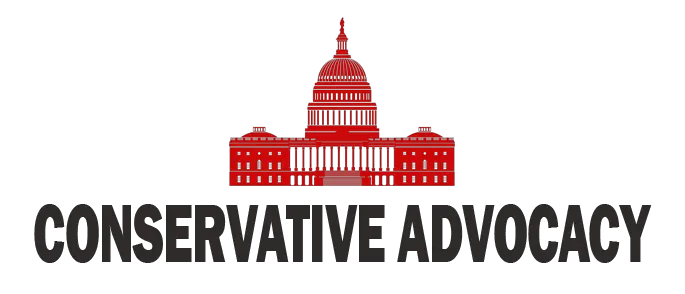Diversity, Equity, and Inclusion (DEI) has become a buzzword in many American workplaces, but behind the glossy veneer of progressivism lies a troubling paradox. Although these initiatives claim to champion fairness and opportunity, they often sideline the very individuals they purport to uplift—namely, disabled Americans. The irony is thick enough to cut with a knife, as DEI programs frequently prioritize demographic identities while neglecting those who require specific accommodations due to health conditions or disabilities.
The intention behind DEI initiatives is to create a workplace and educational environment that reflects a broad spectrum of human diversity. However, an overlooked aspect of this mission is the necessity to include individuals with disabilities, who have unique challenges that are often dismissed in favor of more visible identity markers such as race and gender. As companies scramble to hit diversity quotas, it becomes increasingly clear that those with disabilities are being left in the dust, a disturbing trend that undermines the foundational principles of true inclusion.
This article exposes the worthlessness of DEI…
The Essex Files: DEI Is a Codeword for Exclusion of Disabled People https://t.co/iZVqj7tMF4
— Perry Norflus (@Norf1961) February 15, 2025
Legal protections for disabled individuals exist, as outlined in Section 504 of the Rehabilitation Act. This legislation was designed to ensure that disabled Americans have reasonable accommodations to level the playing field in education and employment. Yet, the DEI movement’s obsession with demographic diversity can clash with the needs of disabled individuals. Companies focused on demographic representation might overlook candidates who would thrive in roles with the help of specific accommodations. This misguided strategy can often lead to highly capable individuals being rejected or forced out of their positions simply because they don’t fit the current diversity mold.
The challenges faced by those with disabilities extend beyond hiring. Incidents of discrimination are all too common, with individuals passed over for promotions due to visible disabilities or health issues—an injustice that often goes unaddressed under current DEI frameworks. There’s a slew of anecdotal evidence suggesting that workers with disabilities frequently encounter biased perceptions that undermine their capabilities. Meanwhile, less qualified individuals with glaring issues on their resumes climb the corporate ladder, solely because they fit the overemphasized diversity narrative.
This dilemma highlights a crucial question: how can America embrace true inclusivity if its DEI policies fail to protect the most vulnerable members of society? Genuine inclusion would necessitate a complete reevaluation of DEI strategies, placing merit and capacity at the forefront rather than ticking boxes for diversity. Alongside this reform, enforcing existing legal protections—ensuring they are lived rather than merely legislated—would serve to address the barriers faced by disabled individuals in every aspect of life.
Real inclusivity means recognizing the intricate nature of diversity, which includes far more than race and gender. It implies a comprehensive understanding of the array of needs that disabled Americans face and adapting workplace policies accordingly. For the nation to embody its ideal of equal opportunity for all, it must pivot from mere optics to substance, ensuring that every American’s potential can shine based on their abilities rather than how neatly they fit into the prevailing ideological box. True fairness in the workforce means making room for everyone—especially those with disabilities—without the convoluted red tape of performative diversity initiatives.




